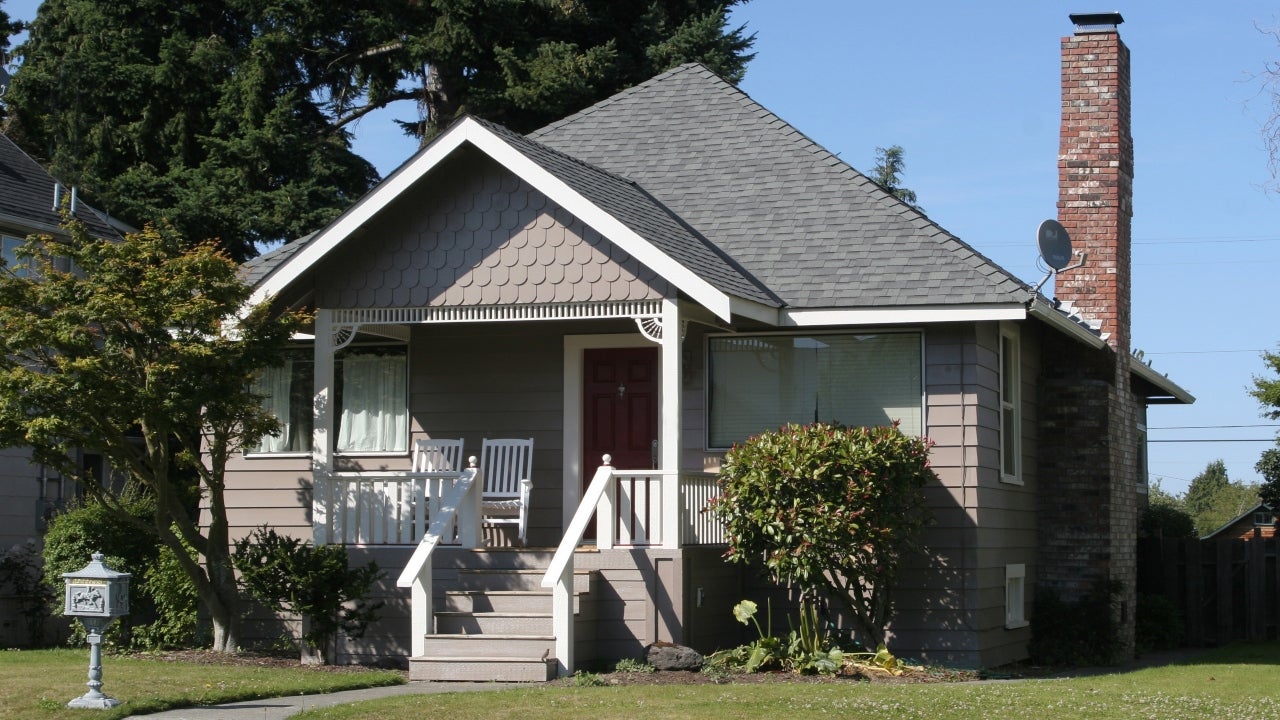How much is the average down payment on a car?

Key takeaways
- Paying a sizable down payment on your vehicle can dramatically decrease your monthly cost, improve your acceptance odds and help you secure a better rate.
- It’s wise to aim for a down payment of at least 10 percent or one your lender feels secure with.
- If you cannot put down a down payment, work extra hard to improve your credit, which will still positively influence your rate.
The cost to purchase a new or used vehicle, although down from its peak, remains above pre-pandemic levels. This has pushed some shoppers to settle for higher monthly payments. Many are also digging deep into their savings accounts to make large down payments. But exactly how much money will you need to put down to secure an auto loan?
Many financial experts suggest 10 to 20 percent. However, it’s vital that you assess your financial situation to come up with a figure that works for your budget.
Average car loan down payment
In the third quarter of 2024, the average down payment on a new vehicle was $6,619, according to Edmunds. The average down payment on used vehicles was lower at $4,165 during the same period.
Given current market conditions, elevated down payments aren’t surprising. New and used vehicle prices hit record prices in recent year, though both are inching downward. Average auto loan amounts were $41,068 and $26,091, for new and used vehicles, respectively, according to Experian.
How much should a car down payment be?
Financial experts recommend a down payment of at least 20 percent when financing a new or used vehicle. This amount is steep for many, especially with the recent spike in new and used car prices. For example, a 20 percent down payment on a $40,000 vehicle is $8,000.
Still, there are benefits to putting such a large amount down. You could boost your approval odds and qualify for more competitive interest rates. Plus, your monthly payments will be lower, and you’ll pay less in interest over the life of the loan.
Putting this amount down may not be an issue if you have a hefty amount saved. Otherwise, it’s not worth emptying your savings account to make a down payment.
You can also trade your current vehicle to get closer to the suggested 20 percent down payment. If not, aim for 10 percent, as this amount is still acceptable to most lenders. Negotiate a fair purchase price and only put down what you can afford.
Can I buy a car without a down payment?
Some dealers will approve you for financing with little to no down payment, depending on your credit profile — but these loans typically come with a higher interest.
If you’re lucky enough to qualify for a 0 percent APR auto loan without putting money down, it may not be a bad idea. You could invest the funds to grow your money instead of applying it to a down payment. These loans typically require excellent credit.
Still, there’s a significant risk to keep in mind. If your car is totaled and you don’t have gap insurance, you must pay the remaining vehicle loan balance. If you put down a large down payment, that balance could be more easily offset.
How to calculate a down payment
Bankrate’s down payment calculator can help you estimate potential cost savings by putting cash down or trading your current vehicle. You’ll need the purchase price, loan term, interest rate, tax rates (federal and state) and the minimum and maximum down payment amounts to get started.
To illustrate, assume you’re approved for a four-year, $25,000 auto loan at 6 percent and can afford to put between $2,500 (or 10 percent) and $4,000 (or 16 percent) down.
Here’s how you’d use the calculator:
Step 1:
Enter $4,000 and $2,500 in the maximum and minimum down payment boxes.
Step 2:
Input the purchase price of $25,000, the loan term of 48 months and the interest rate of 6 percent in the labeled boxes.
Step 3:
Enter the amount you believe you could earn on the down payment if you invested it instead. For this example, use 3 percent.
Step 4:
Enter the federal and state tax rate. Use 7 percent for this scenario.
Based on these inputs, the monthly payment with a $2,500 down payment would be $528.41, compared to $493.41 with a $4,000 down payment. By putting more down, you’d save $109.86 per month or $3,773.28 over the life of the loan.
Why a down payment is important
Beyond significant cost savings and lower monthly payments, here are some additional reasons why down payments on car purchases are essential:
-
Better loan terms: A higher down payment amount can potentially qualify you for more competitive loan offers, typically in the form of a lower interest rate.
-
Lower monthly payments: The bigger your down payment, the lower your monthly car payment.
-
More equity: You’ll start with equity in your vehicle when you make a down payment, which means you’ll owe less than what the car is worth. This cushion prevents you from being upside down in your loan and having to pay the difference if you decide to sell the vehicle or trade it in shortly after taking out the loan.
Bottom line
Although the average car loan down payment is higher than in years past, you’re not entirely out of luck if you don’t have much cash. Aim for a down payment of at least 10 percent, or work with a lender willing to accept less if you don’t have this amount.
Try to bring something to the table. Even a small down payment may help you secure an auto loan with fair terms and minimize the chances of owing more than your car is worth early in the loan term.
Use our down payment calculator before car shopping and comparing interest rates to determine price points that work with your desired down payment amount.






